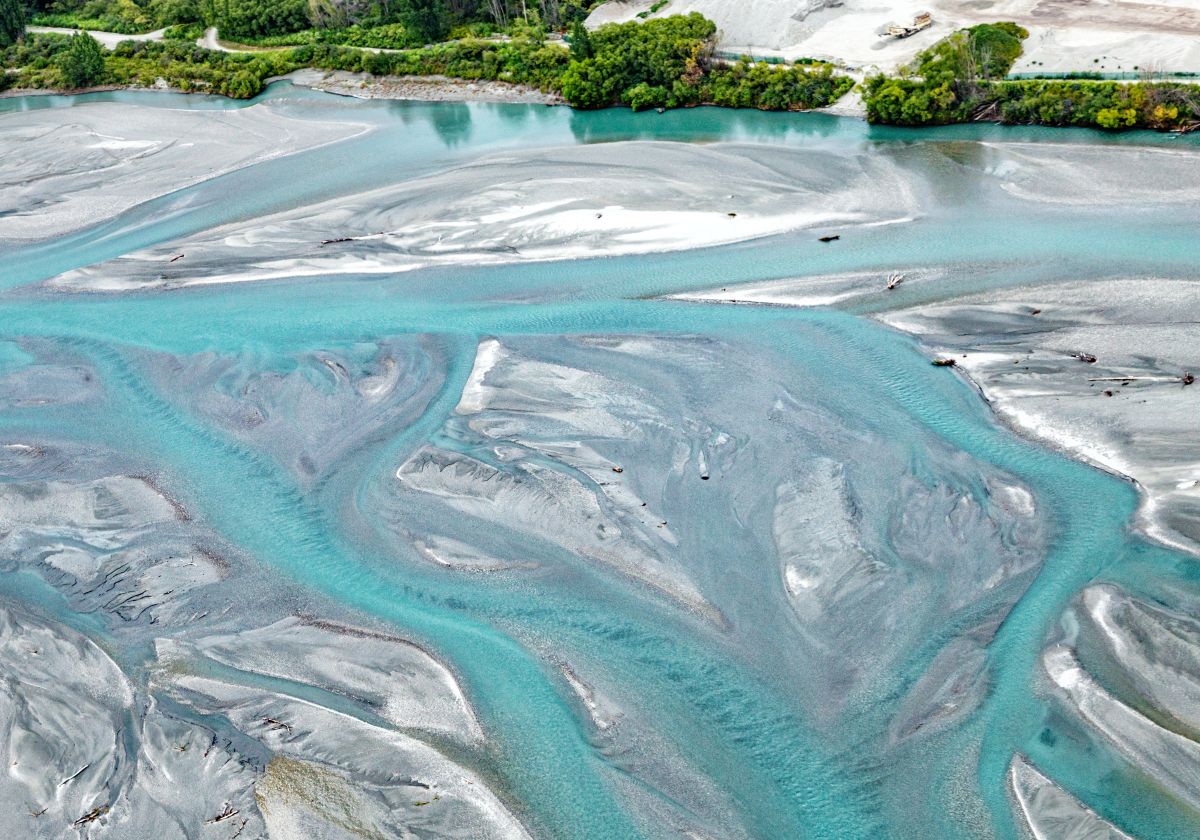NZ sites chosen for global forest research

17 November 2025
New Zealand sites will be used as part of an upcoming European Space Agency (ESA) mission to better understand the role forests play in the carbon and water cycle.
This will provide direct measurements of New Zealand forests’ productivity, carbon sequestration and health, informing land management decisions at a local and national level and giving insights into the impact of drought and extreme weather events on native and exotic forests.
The ESA announced earlier this month it would use eight locations in the Northland, Auckland and Manawatu-Wanganui regions as part of its mission to ensure its models are reliable and can produce accurate results. These locations are already established research sites: they have been used in Forest Flows and NZ-NASA Joint Research Partnership in Earth Observation research, led by Bioeconomy Science Institute scientist Dean Meason, which used cutting-edge tools such as IoT (internet of things) sensor networks and remote sensing, big data and AI analytics.
Dean says New Zealand is a valuable location for Biomass Mission validation, due to its different climatic zones, geology, soil properties and vegetation structures.
“Having one tree species (radiata pine), planted across different sites means the Biomass algorithms can be more accurately developed, building a better understanding of how trees interact with the environment, especially water.
“This will help ESA scientists more effectively interpret Biomass data from more complex forests in NZ and throughout the world,” Dean says. “This project raises the importance of NZ for such satellite missions for ESA, as well as NASA, and how NZ researchers are developing valuable world-leading science in these areas.”
The Biomass mission is designed to collect important information about the state of New Zealand’s forests and how they are changing. The NZ research will focus on Biomass secondary products that measure water inside the trees.
“The research will help us better understand how soils and the environment impact tree water uptake and water use,” Dean says.
“It will also show us how Biomass data can be combined with data from other satellite missions to better understand the hydrological cycle in temperate and tropical forests throughout the world – and how tree growth and productivity influences the hydrological cycle.
“This work would not be possible without the novel technology and science developed by the Bioeconomy Science Institute under the Forest Flows programme.”
Dean plays a key role in integrating field and airborne data collection, ensuring relevance, operational access and high-quality field measurements across diverse New Zealand forest environments. He’s also co-leading a research team on the TWIST-NZ (tree, water and soil moisture integration for satellite calibration and validation) project, which supports the ESA’s calibration and validation efforts and focuses on secondary data in NZ’s forests.
Using field data, airborne campaigns and satellite observations collected across fully instrumented sites across NZ, it will enhance the scientific reliability and practical relevance of secondary Biomass products for ecosystem monitoring, hydrological modeling and forest management.
The Ministry for Business, Innovation and Employment-funded Forest Flows programme supports TWIST-NZ with an established national network of field sites and environmental monitoring infrastructure. This network includes soil moisture sensors, tree stem smart dendrometers and sap flow meters to monitor tree water status.
The same site network supports the NZ–NASA Joint Research Partnership Programme in Earth Observation, which is investigating surface and subsurface water movement in the Far North | Te Hiku region and how different land uses influence the hydrology of the region. This will provide valuable information for local communities, iwi and government so they can better manage their freshwater resources. TWIST-NZ will benefit directly from the data and analyses produced by this three-year programme, enhancing its integration across platforms and scales.
TWIST-NZ is an international collaboration that brings together leading experts in forest hydrology, SAR algorithm development and field-based environmental monitoring from Germany and the US – the German Aerospace Center (DLR), Jülich Forschungszentrum – and the University of Massachusetts Amherst. The team combines field-based hydrological monitoring, advanced SAR science, P-band algorithm development and international co-ordination experience, which are all essential to the ESA Biomass Mission.
